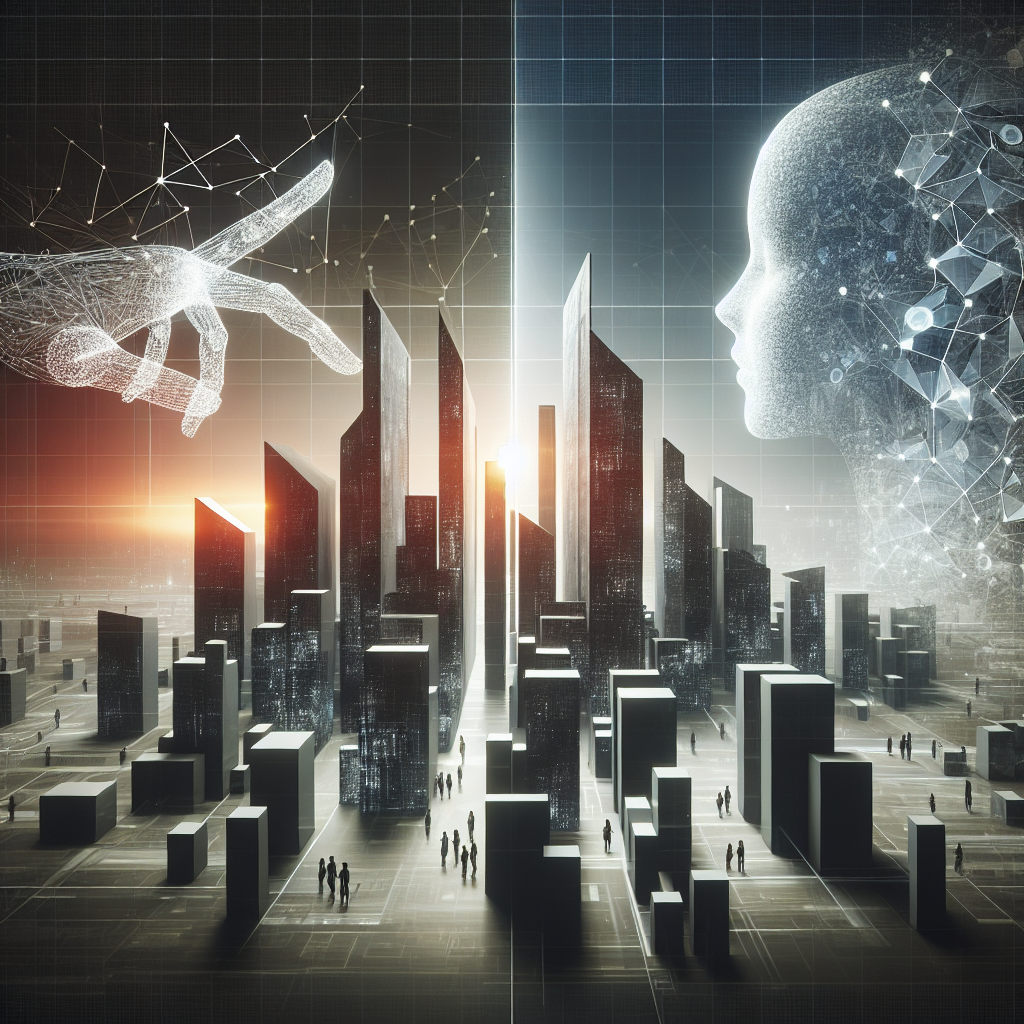Artificial Intelligence (AI) is revolutionizing the field of architecture, redefining the concept of identity and pushing the boundaries of what is possible in design and construction. With the help of AI, architects are able to create buildings that are not only aesthetically pleasing, but also functional, sustainable, and innovative. This technology is changing the way we think about architecture, allowing for new forms, materials, and construction techniques that were previously unimaginable.
One of the key ways in which AI is redefining the concept of identity in architecture is through the use of generative design. Generative design is a process in which AI algorithms are used to explore a vast number of design options and generate solutions that meet specific criteria. This approach allows architects to quickly generate and evaluate a wide range of design possibilities, enabling them to create buildings that are tailored to their specific needs and constraints.
Another way in which AI is reshaping architecture is through the use of parametric design. Parametric design is a method in which designers use algorithms to define and manipulate the parameters of a design in order to create complex and dynamic forms. This approach allows architects to explore new design possibilities and create buildings that are highly responsive to their environment and context.
AI is also being used to optimize the performance of buildings in terms of energy efficiency, sustainability, and comfort. By analyzing data on building performance and user behavior, AI algorithms can optimize building systems, such as heating, cooling, and lighting, to reduce energy consumption and improve occupant comfort. This not only helps to reduce the environmental impact of buildings, but also saves money on energy costs in the long run.
In addition to design and performance optimization, AI is also being used to streamline the construction process. By using AI algorithms to analyze construction schedules, materials, and costs, architects can optimize the construction process to reduce time and costs. This not only makes building projects more efficient, but also reduces the likelihood of errors and delays.
Overall, AI is redefining the concept of identity in architecture by enabling architects to create buildings that are more innovative, sustainable, and efficient. By leveraging the power of AI, architects are able to push the boundaries of what is possible in design and construction, creating buildings that are truly unique and groundbreaking.
FAQs:
Q: How is AI being used in architecture?
A: AI is being used in architecture in a variety of ways, including generative design, parametric design, performance optimization, and construction process optimization.
Q: What are the benefits of using AI in architecture?
A: The benefits of using AI in architecture include the ability to generate new and innovative design ideas, optimize building performance, streamline the construction process, and reduce costs.
Q: Are there any limitations to using AI in architecture?
A: While AI has many benefits in architecture, there are also limitations to consider, such as the need for specialized skills and training, the potential for bias in AI algorithms, and concerns about privacy and security.
Q: How can architects incorporate AI into their practice?
A: Architects can incorporate AI into their practice by learning about AI technologies and tools, collaborating with AI experts, and experimenting with AI-driven design processes and tools.
Q: What is the future of AI in architecture?
A: The future of AI in architecture is bright, with continued advancements in AI technologies and tools that will enable architects to create even more innovative, sustainable, and efficient buildings.

